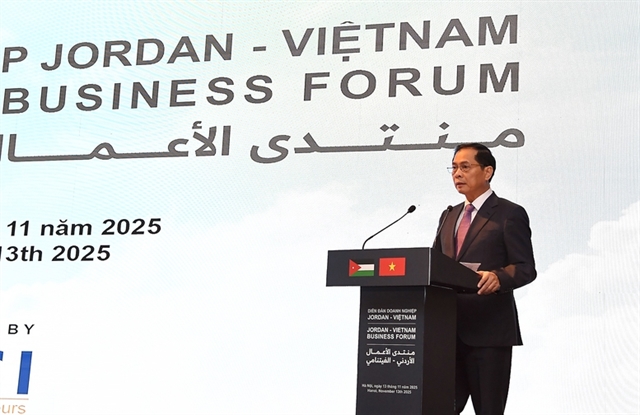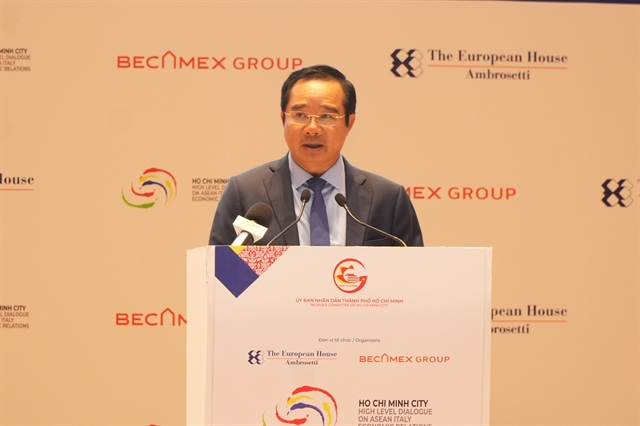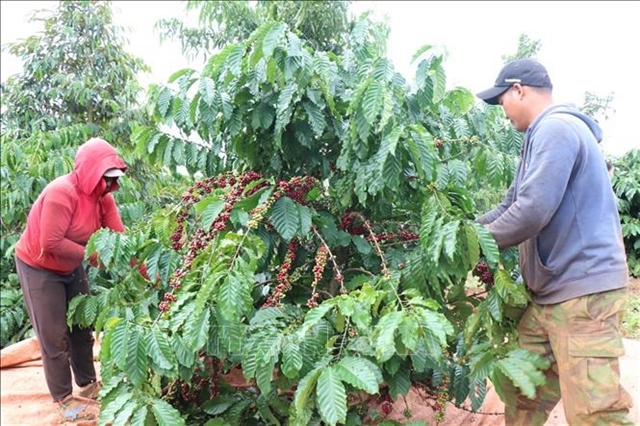 Society
Society

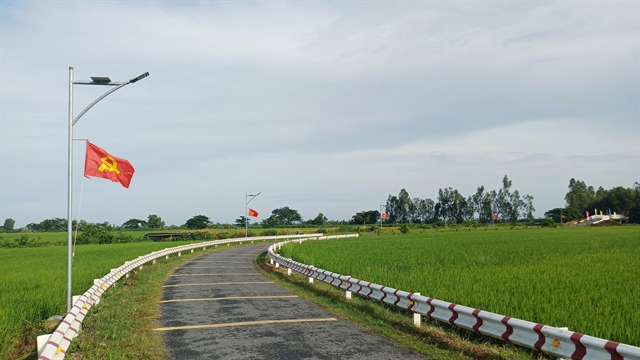 |
| The transport infrastructure in Cần Thơ City’s Lâm Tân Commune, home to many Khmer people, has been well invested in and upgraded. — VNA/VNS Photo Tuấn Phi |
CẦN THƠ – Cần Thơ is implementing comprehensive policies to improve the lives of ethnic residents, particularly the Khmer.
After merging with former Sóc Trăng and Hậu Giang provinces on July 1, Cần Thơ now has a population of 3.2 million. Of this amount, around 495,000 belong to 27 ethnic minority groups, with the Khmer making up the largest share with over 411,000 people.
The Cửu Long (Mekong) Delta city has a total of 103 communes and wards, 73 of which are ethnic minority areas.
In recent years, the city has introduced support programmes and policies for ethnic residents such as providing housing land, building and repairing houses, supplying clean water, assisting them in changing jobs, and providing vocational skills and language training courses.
The city has also focused on developing community production models and livelihoods, investing in infrastructure, and upgrading ethnic boarding schools and the healthcare system.
These policies have helped improve living standards and created sustainable livelihoods for ethnic minority people.
The city’s leaders have regularly come to ethnic minority areas to inspect the implementation of support policies for ethnic minority groups, and pay visits to ethnic minority groups on their traditional festivals.
On September 18, Trần Quốc Vũ, deputy chairman of Cần Thơ People’s Council, led a delegation to inspect the implementation of social welfare policies in Xà Phiên Commune.
Xà Phiên, home to 1,117 Khmer households with 4,683 people, has made progress in poverty reduction.
According to Trương Minh Hòa, deputy chairman of the Xà Phiên Commune People’s Committee, the commune has 44 poor Khmer households with 141 people, making up 0.45 per cent of its population.
Thanks to various support programmes and policies, the material and spiritual life of local residents has improved, providing momentum for socio-economic development and sustainable poverty reduction.
The commune hopes for continued support in production, business, housing, gender equality and other policies to further reduce poverty among ethnic minorities.
Vũ said: “In addition to central government policies, the city will issue its own policies tailored to local conditions in the coming period. The goal is to ensure that policies truly benefit people and improve the lives of ethnic minorities.”
On September 16, Nguyễn Tuấn Anh, deputy secretary of the city Party Committee, visited Gia Hòa Commune and Ngã Năm Ward to extend greetings and present gifts to the Khmer community on the occasion of the Sene Dolta festival.
Anh said: “We hope the Khmer community, respected figures, and monks will continue to uphold their patriotic traditions, contributing to the city’s economic, social, defence and security development.
“City leaders will always accompany, listen to, and exchange ideas with Khmer dignitaries, monks and people in building and developing the city.”
Khmer communities have seen significant changes thanks to government support.
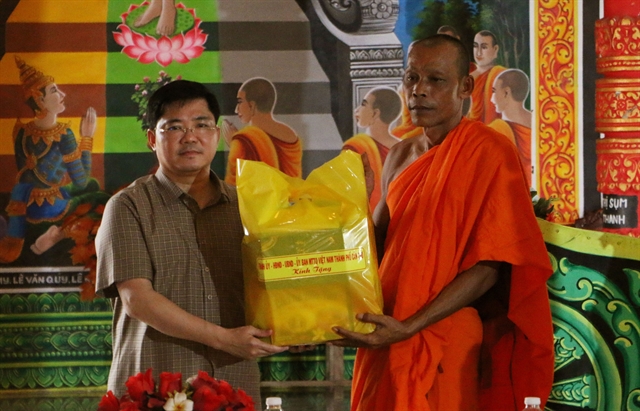 |
| Nguyễn Tuấn Anh, deputy secretary of the Cần Thơ Party Committee, presents gifts to the abbot of Ô Chum Pagoda in Ngã Năm Ward on September 16, on the occasion of the Khmer Sene Dolta Festival. – VNA/VNS Photo Tuấn Phi |
Venerable Sơn Phước Lợi, abbot of Ô Chum Pagoda in Ngã Năm Ward, said: “The Khmer community here has over 500 households with more than 2,200 people. Thanks to economic development policies and investment in transport, health and education, lives have improved greatly.
"Today, most families own motorbikes and concrete houses, with no temporary or dilapidated houses. Children are receiving proper education.”
Trần Việt Thái, chairman of the Ngã Năm Ward People’s Committee, said the ward had implemented economic development models for ethnic minority areas, enabling people to access soft loans.
This led to the development of successful production models, such as basket weaving, garment processing, and high-quality rice production, he said.
As a result, the poverty rate among Khmer households in the ward had fallen to only 0.6 per cent of its total Khmer population, he added.
Khmer people in the city are actively participating in economic development and building production models linked to local strengths.
In Cờ Đỏ Commune, Sơn Thị Lang, a Khmer woman, joined a vocational class and later established a water hyacinth basket-weaving cooperative, creating jobs for nearly 30 Khmer women.
The cooperative’s products are sold in the city and other southeastern provinces, helping many households escape poverty with stable incomes of VNĐ3–5 million (US$110–190) per month.
“This handicraft suits many women, providing jobs and income during the farming off-season. The cooperative plans to borrow loans to expand production and business, creating more jobs and income for local women,” she said. VNS


